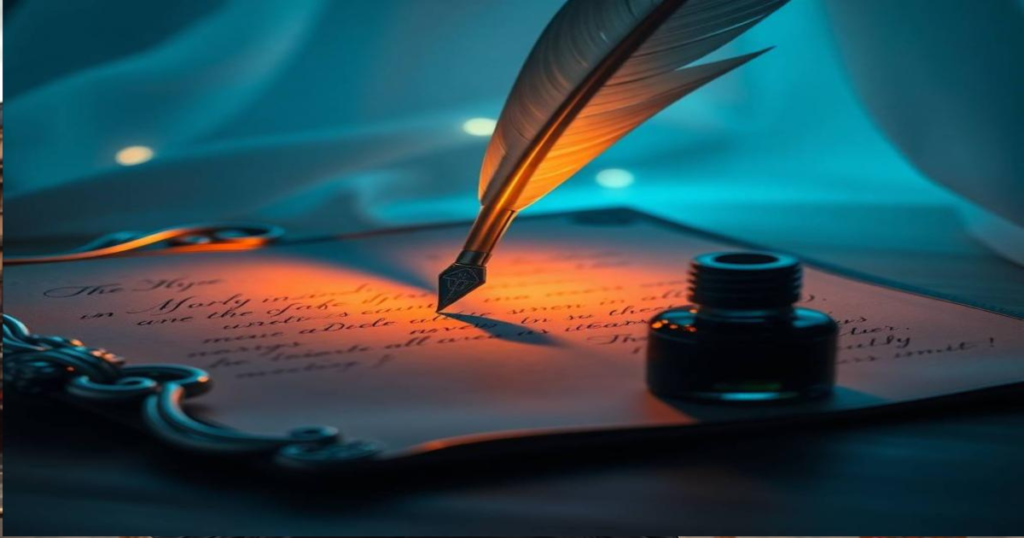The world of craftsmanship is steeped in history, craftsmanship, and a language of its own—comprised of symbols that tell the story of a piece’s origin and authenticity. Among these symbols, Silver Makers Marks Quill Ink Silver Hallmark shine as critical identifiers for collectors and enthusiasts alike. This article will delve into the significance of these markings, their history, and how they relate to the art of writing with quill ink, weaving a connection between craftsmanship and literary artistry.
The Significance of Silver Makers’ Marks
Silver Makers Marks Quill Ink Silver Hallmark have been used for centuries as indicators of authenticity, quality, and the craftsman behind the piece. These small engravings are more than just decorative—they are a record of craftsmanship that provides collectors with critical information.
What Are Silver Makers’ Marks?
- Definition: A silver maker’s mark is a symbol or series of symbols that are stamped onto silver items. They serve as a signature for the silversmith or manufacturer.
- History: The practice can be traced back to the late 1300s in Europe as a method to assure the public of the quality and origin of the silver used in creating utensils, jewelry, and other beautiful objects.
“Every mark tells a story. Each piece carries the heritage of its maker.”
The Components of a Silver Mark
Silver marks often hold different components, each serving a unique purpose:
- The Maker’s Mark: This is the unique symbol that identifies the craftsman or company who produced the silver item.
- The Assay Office Mark: A representation of the office where the item was tested for purity.
- The Date Mark: This identifies when the item was made, often in a letter form.
- The Standard Mark: Indicates the silver’s fineness, ensuring it meets the required quality standards.
Understanding Silver Hallmarks
While many people use the terms “makers’ marks” and “hallmarks” interchangeably, they do have specific distinctions.
What Are Silver Hallmarks?
Silver hallmarks are a broader category of marks that not only include the maker’s mark but also the standard mark and other information relating to the item’s authenticity.
Importance of Hallmarks
- Legal Requirement: In many countries, certain types of silver must have hallmarks to confirm their quality.
- Value and Collectibility: Hallmarks can significantly affect a piece’s value in the market. Knowing the right marks can guide collectors in identifying valuable silverware.
The Intersection of Silver and Writing: Quill Ink
Understanding silver makers marks quill ink silver hallmark can take us on a parallel journey into another realm of craftsmanship: the art of writing. Just as silversmiths create lasting treasures, writers, with their quill and ink, forge connections through the written word.
The Historical Use of Quill Ink
Quills have been the primary writing tool for centuries, and they were often made from select feathers, typically goose or swan.
The Characteristics of Quill Ink
- Composition: Historically, quill ink was made from a mixture of carbon, water, and various organic substances to bind the ingredients together.
- Variety: Different ink colors were created using various ingredients, much like how different silver hallmarks signify various qualities.
The Craftsmanship Behind Writing
Just as with silverware, writing with a quill pen is an art form that requires skill and precision.
- Technique: Writers had to master the angle and pressure to create beautiful script and designs.
- Preservation of Literature: The permanence of ink on paper mirrors the lasting impression of hallmarks on silver. They both represent marks of history and sentiment.
Engaging with Silver: How to Identify Authentic Pieces
For many collectors, understanding how to identify authentic silverware can be daunting. Here are some practical tips:
- Look for Hallmarks: Always check for clear hallmarks. They should not be worn down or illegible.
- Research Specific Makers: Familiarize yourself with notable silversmiths and their marks.
- Evaluate Weight and Feel: Genuine silver carries a certain weight, and the item should feel solid in your hands.
Conclusion
Silver makers’ marks and hallmarks serve as an important bridge between history, craftsmanship, and the present moment. They tell us stories about the artisans who poured their skills into each piece, just as quill ink captured the stories of ages past. Understanding these marks, including silver makers marks quill ink silver hallmark, enriches our appreciation for silver and invites us to delve deeper into the elegance and artistry behind every inked word, filling our lives with stories that resonate through time.
Whether you’re a seasoned collector or a novice, remember that every mark and signature on a piece of silver or a page of writing adds depth to its heritage. Engage with the world of silver with curiosity, and cherish the stories waiting to be uncovered.
